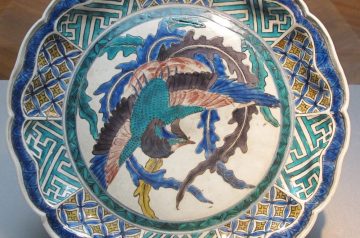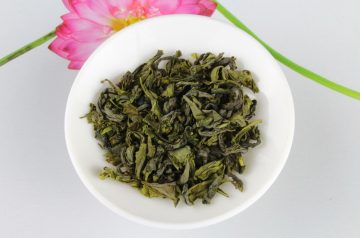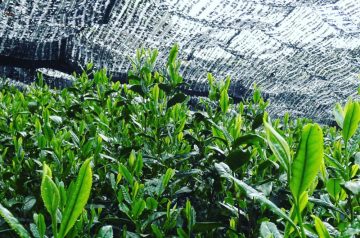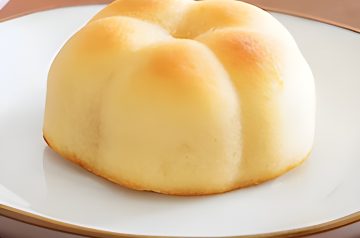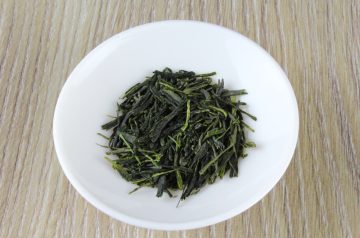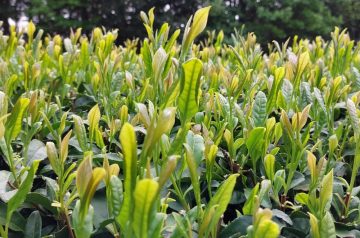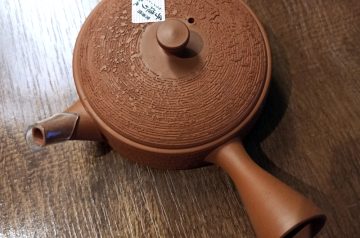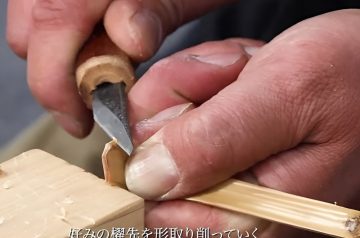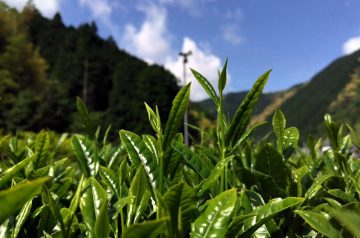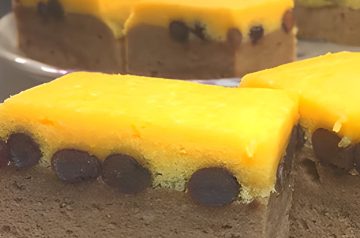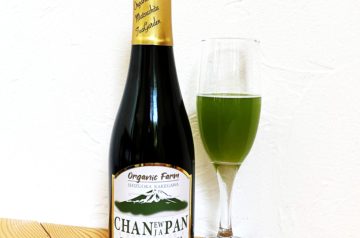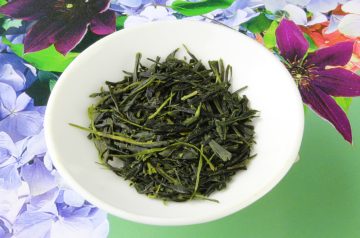Porcelain, a white, translucent, and non-porous material, was invented in China more than a thousand years ago. This ceramic is made with kaolin clay, and fired at a high...
Sugimoto Tea Yabukita Kamairicha
Sugimoto Tea offers rare teas for wholesale accounts only, and for a limited time. Luckily, I get samples of those teas every now and then. I tasted a kamairicha...
The Tenmyou Tea Cultivar
Tenmyou (展茗) is a cultivar meant for tencha production. It’s mainly cultivated in the Uji region. History of Tenmyou In 1975 at the Kyoto tea industry experimental site, seeds...
Momoyama
Momoyama (桃山) is a baked wagashi (traditional Japanese sweet) that’s similar to manjū. The difference is that momoyama uses white bean paste (shiroan), not only as a filling but...
Iba Yu Tea Garden Shuntarou Sencha
This sencha comes from Tanegashima, and island of Kagoshima prefecture. I find it interesting because it’s made with the Shuntarou cultivar, which I haven’t tasted before. By the way,...
The Surugawase Tea Cultivar
Surugawase (するがわせ), is an unregistered cultivar named after Suruga province (駿河の国, suruga no kuni), which is today the central part of Shizuoka prefecture. The “wase” part of the name...
The Decline of the Kyūsu
Do you own a kyūsu teapot? I have many, and I like them very much. But the number of households in Japan that have one is falling every year....
How a Chashaku is Made
I’ve often wondered how the chashaku (the tea scoop for matcha) is made. I didn’t have the opportunity to see the process in real life when I was living...
The Yumesuruga Tea Cultivar
Yumesuruga (ゆめするが) is a late budding cultivar that offers a high yield at harvest. It’s named after Suruga province (駿河の国, suruga no kuni), which was an old province that...
Ukishima
Ukishima (浮島) is a Japanese traditional sweet (wagashi). It’s basically a two-layered steamed cake that has sweet bean paste (red or white) mixed into the batter. It shouldn’t be...
Chanpan
A Japanese friend told me about this innovative product. It’s a carbonated tea liquor called chanpan. Instead of being made with grapes like champagne, this drink has “cha” meaning...
Tezumi Asanagi Sencha
I’ve been worrying because tomorrow is an important day at work. It’s about possibly acquiring a big client and taking the business to the next level. But enough about...

